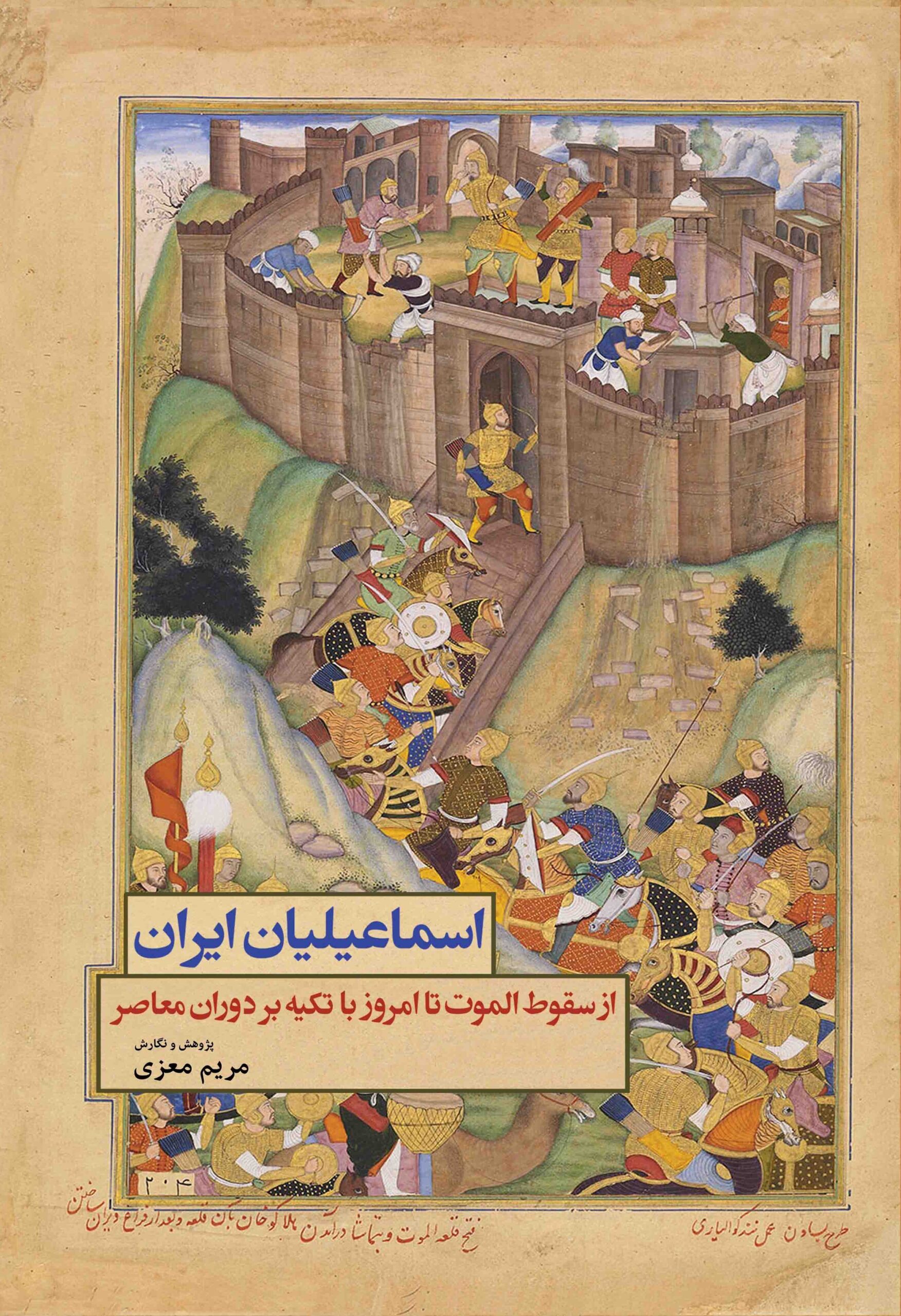Ismāʿīliyān-i Īrān is a study of the IsmailisAdherents of a branch of Shi’i Islam that considers Ismail, the eldest son of the Shi’i Imam Jaʿfar al-Ṣādiq (d. 765), as his successor. of Iran., One of the most renowned and enigmatic branches of Islam is that of the Nizari Ismailis. This study starts from the fall of AlamutFortress of the Nizari Ismailis in northern Iran, which fell to the Mongols in 654 AH/1256 CE. (654/1256) to the present day, with particular reference to the contemporary era. However, due to the Ismaili practice of precautionary dissimulation (taqiyyaPrecautionary dissimulation of one’s religious beliefs, especially in time of persecution or danger, a practice especially adopted by the Shi’i Muslims.), outsiders remained unaware of the Ismailis, and thus, scarcely any mention of them appears in historical sources, except for occasional, fragmented, and often biased references. The following are a few of the questions posed by the author: How did they survive? What relationships did they establish with their neighbours? Did internal divisions or schisms occur among them? Whom did they recognise as their imams? In search of traces of the Nizari Ismaili community in Iran, the author visited the ruins of abandoned Ismaili fortresses, visited towns and villages, explored cemeteries, deciphered obscure inscriptions, and documented rock carvings. Caves and underground passages were investigated, and inquiries made among local people about groups who differed from the rest. This work endeavours to open a new window for researchers of Islamic history, those interested in religious communities and intellectual movements, as well as readers seeking a fresh perspective on one of the most mysterious intellectual and cultural currents in Iranian history.

